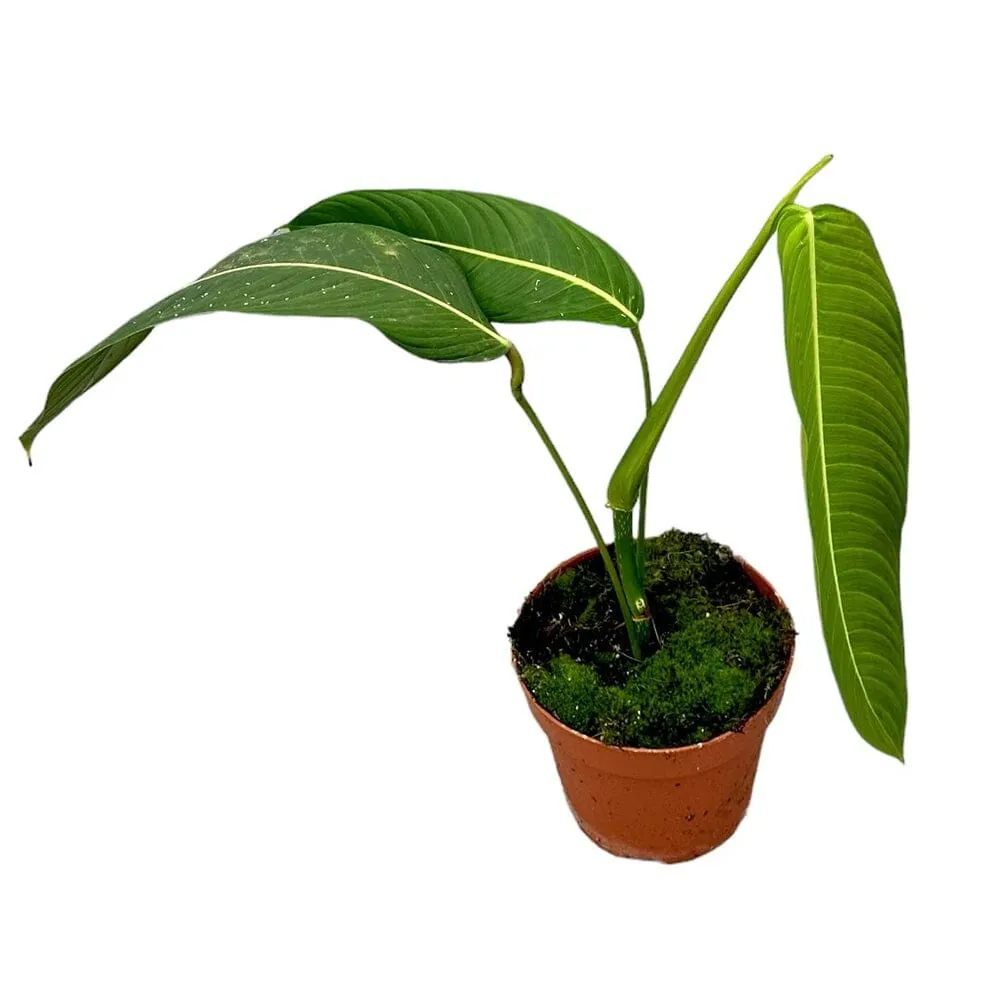Philodendron Heterocraspedon, also known as the Split Leaf Philodendron, is a beautiful and popular tropical plant that belongs to the Araceae family. It is native to the rainforests of Central and South America, where it thrives in the warm and humid climate. With its large, glossy, and deeply lobed leaves, this plant adds a touch of elegance and tropical vibes to any indoor space.
Light: Philodendron Heterocraspedon prefers bright, indirect light for optimal growth. It can tolerate some shade, but too little light can result in leggy growth and smaller leaves. Avoid placing it in direct sunlight, as this can scorch the leaves.
Temperature: This plant thrives in temperatures between 65¬?F to 85¬?F (18¬?C to 29¬?C). It can tolerate slightly cooler temperatures, but it is sensitive to cold drafts. Keep it away from windows or doors during the winter months to protect it from chilly drafts.
Humidity: Philodendron Heterocraspedon loves high humidity levels, mimicking its natural rainforest habitat. To increase humidity, you can place a humidifier nearby or use a pebble tray filled with water under the plant. Regular misting of the leaves with room temperature water also helps maintain humidity.
Watering: It's important to keep the soil slightly moist but not overly waterlogged. Allow the top inch of soil to dry out before watering again. Be cautious of overwatering, as this plant is prone to root rot. Ensure proper drainage by using a well-draining potting mix and a pot with drainage holes. During the winter months, reduce watering frequency as the plant's growth slows down.
Fertilizer: Feed Philodendron Heterocraspedon with a balanced, water-soluble houseplant fertilizer once a month during the growing season (spring and summer). Dilute the fertilizer to half the recommended strength to avoid over-fertilization. During the winter months, reduce or eliminate fertilization, as the plant's growth slows down.
Soil: Use a well-draining, peat-based potting mix to ensure proper water retention and aeration. A mix of peat moss, perlite, and orchid bark or coarse sand works well for this plant. Avoid heavy soils that can retain excess moisture.
Pruning: Regular pruning helps maintain the plant's shape and encourages new growth. Prune any yellow or damaged leaves by cutting them off at the base. If the plant becomes too large or leggy, you can also trim back the stems to control its size. Always use clean, sharp pruning tools to avoid damaging the plant.
Propagation: Philodendron Heterocraspedon can be propagated through stem cuttings. Take a cutting with at least two nodes and place it in a jar of water or moist potting mix. Keep it in a warm, bright location and wait for roots to develop before transplanting into a pot.
Pests and Diseases: This plant is generally resistant to pests, but it can occasionally suffer from infestations of aphids, mealybugs, or spider mites. Regularly inspect the leaves for any signs of pests and treat them with an organic insecticidal soap or neem oil if necessary. Ensure good air circulation to prevent fungal diseases, and avoid overwatering to prevent root rot.
In summary, Philodendron Heterocraspedon is a stunning tropical plant that requires bright, indirect light, high humidity, and regular watering. With the right care, it will reward you with its lush, split leaves and add a touch of exotic beauty to your indoor space.















